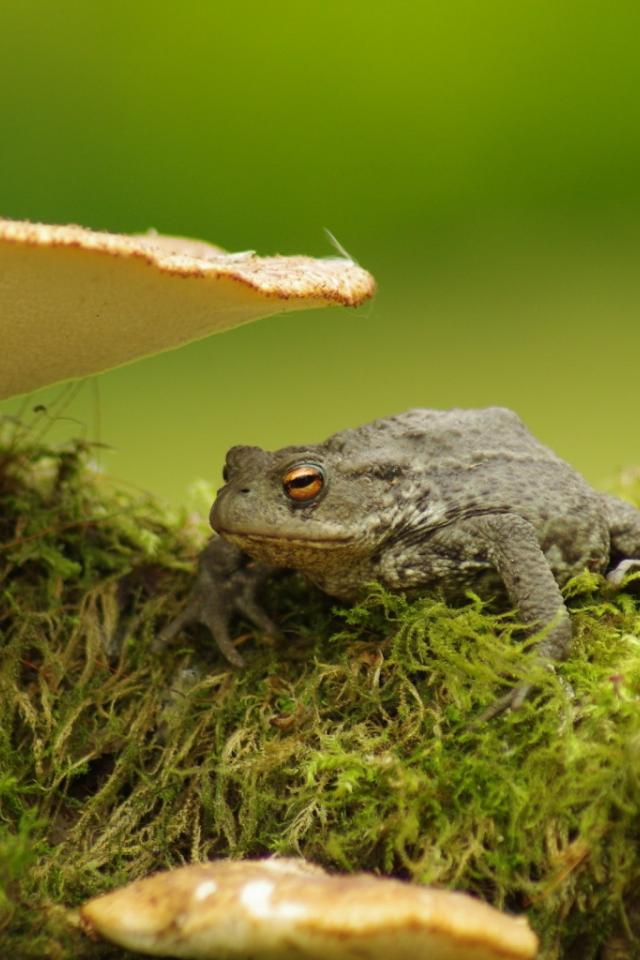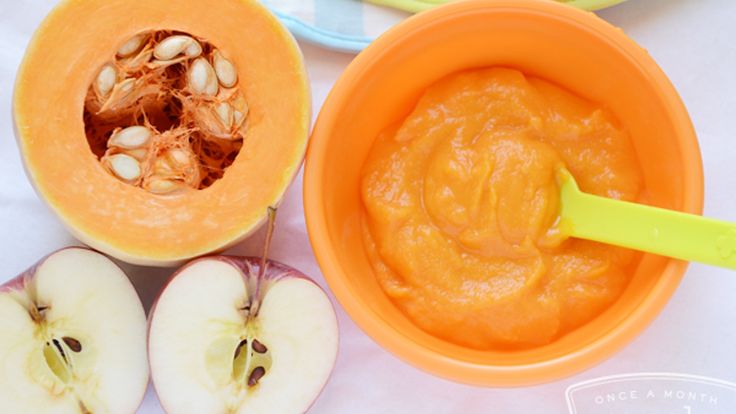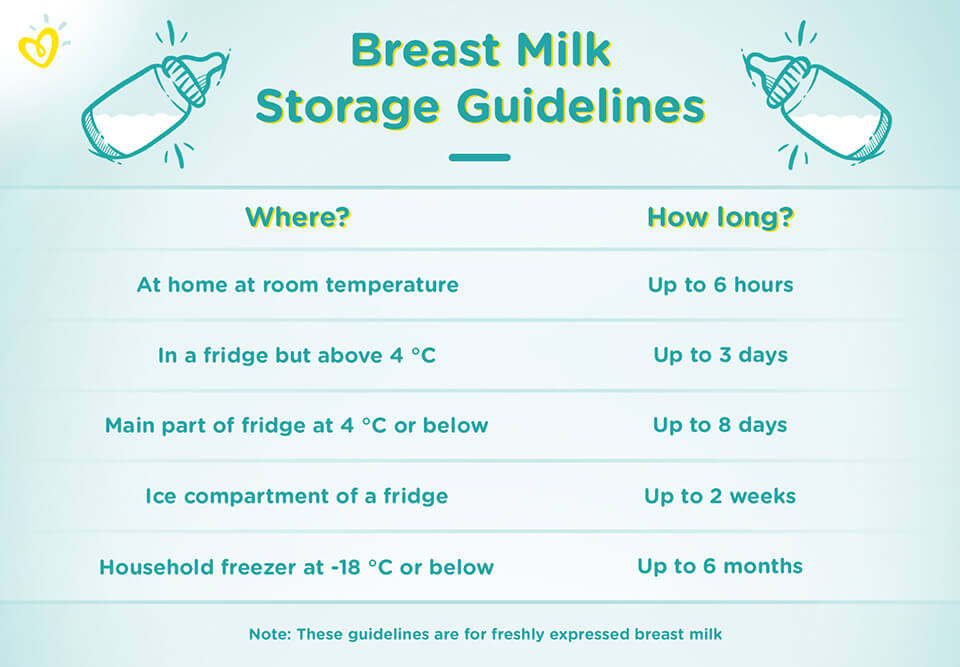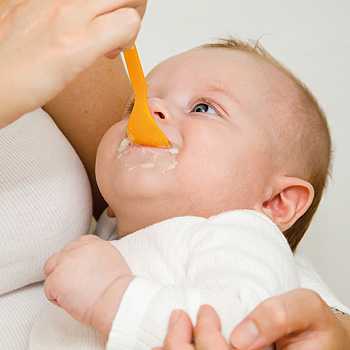Food for baby toads
What do Baby Toads Eat in the Wild and as Pets?
For years, many people mistakenly believed that touching a toad would cause you to grow warts! We know that’s not true, but toads have never received the same love that frogs get. Have you ever heard of a princess kissing a toad? Didn’t think so. Still, their popularity is growing, and people are starting to keep these carnivorous amphibians as pets.
If you’re planning to get a baby toad, you’ll need to figure out how and what to feed it. There are some differences in a baby toad’s diet if they’re in captivity versus the wild. But there are also some notable similarities. Starting at tadpoles, we’re going to discuss the main foods that toads will eat in the wild and in captivity, so you can be sure to feed your toad the proper diet.
What do Tadpoles Eat?
Toads are hatched from eggs, but they don’t come out with legs. Rather, they’re born as tadpoles. They don’t even have air-breathing lungs yet, so they’re stuck in the water until they mature.
When a tadpole is first born, it will eat the remaining yolk in its egg. After that, the little tadpole will rely mostly on plant matter to sustain itself. This means eating algae and little floating plant particles. However, if there’s not enough plant matter for the tadpole, it might turn to cannibalism. While this is uncommon, it’s far from unheard of.
- Yolk in their egg sack
- Algae
- Plant matter
- Other tadpoles
What do Baby Toads Eat in the Wild?
In the wild, a toad is going to eat a diverse array of food. They have varied diets and are open to eating pretty much anything that comes along that will fit in their mouth. Remember, toads are carnivorous, so they strictly eat living creatures. For baby toads, those creatures are very small.
Any type of crawling insect or bug is a great meal for a toad in the wild. They’ll munch on small crickets and grasshoppers, which will increase in size as the toad does.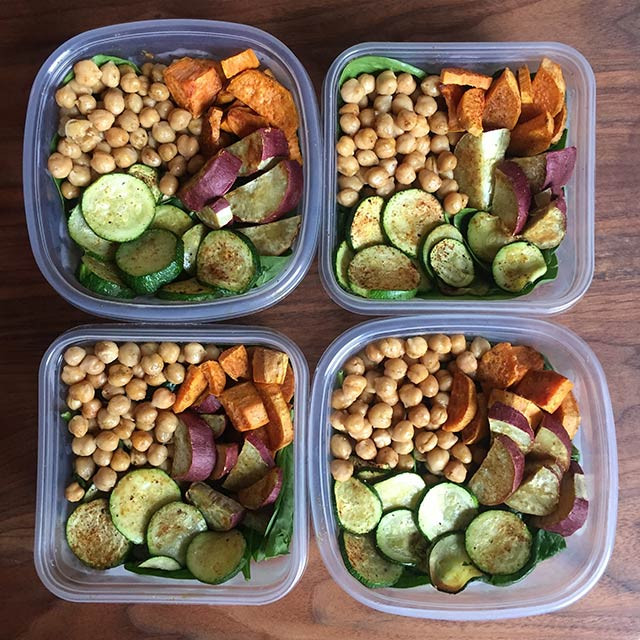 Even small mice are fair game for a toad, though they tend to eat these more once they reach maturity.
Even small mice are fair game for a toad, though they tend to eat these more once they reach maturity.
Worms of all kinds are delicacies. Mealworms and earthworms are common cuisine for these four-legged amphibians. As the toad gets larger, bigger meals also become available. Snails, slugs, and locusts will all be eaten if they stray too near to a large enough toad. Centipedes and flies aren’t safe either.
- Centipedes
- Flies
- Bugs
- Small mice
- Crickets
- Grasshoppers
- Mealworms
- Earthworms
- Slugs
- Snails
- Locusts
What do Baby Toad Pets Eat?
For toads in captivity, nutrition looks pretty similar to that of wild toads. However, there are some foods that pet toads are unlikely to eat. For example, centipedes and locusts might be common meals for a wild toad, but you’ll have a hard time purchasing feeder centipedes from the local pet store!
You never want to feed a pet toad something that you caught in the wild.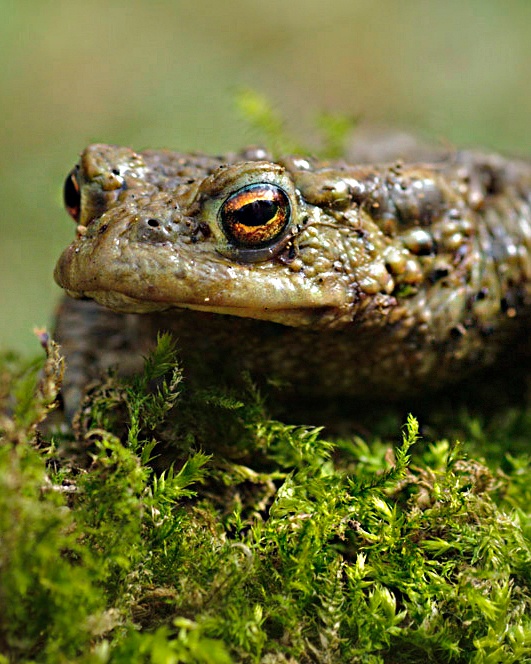 Though these insects are on their meal list, wild-caught specimens are liable to have bacteria, diseases, and more that can negatively affect your toad’s health. Even if it’s a food your toad eats all the time, such as crickets, you’ll want to stick to store-bought crickets and never feed your pet toad crickets that you caught.
Though these insects are on their meal list, wild-caught specimens are liable to have bacteria, diseases, and more that can negatively affect your toad’s health. Even if it’s a food your toad eats all the time, such as crickets, you’ll want to stick to store-bought crickets and never feed your pet toad crickets that you caught.
You might notice that some of the insects on this list are different from what wild toads eat. A lot of that comes down to what’s available. Since you have to get sterile insects that haven’t been out in the world, only insects that are grown as feeders are appropriate.
Image Credit: pixel2013, Pixabay- Grain moths
- Small crickets
- Pinhead crickets
- Small earthworms
- Mealworms
- Ants
- Fruit flies
- Aphids
- Leaf rollers
How to Feed Your Pet Toad
You have to be aware that juvenile toads eat their food whole. If you provide prey that’s too large, they’re likely to choke.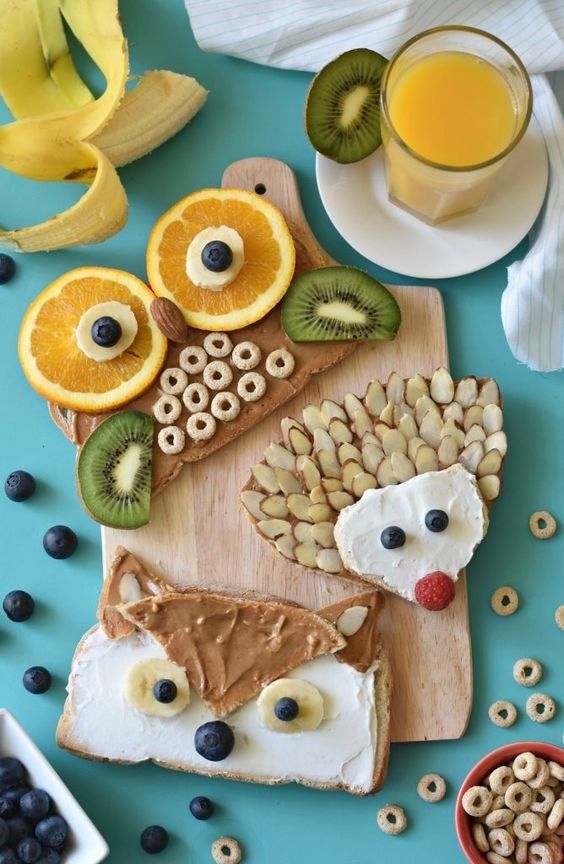 Ensure that the insects you choose are no larger than the width of your toad’s head.
Ensure that the insects you choose are no larger than the width of your toad’s head.
Also, make sure to gut feed the insects you’re going to provide for your toad. Gut feeding is the process of loading the insects up with nutrients by allowing them to feed on fruits and vegetables before giving them to your toad. This ensures that your toad is getting as diverse of a nutrient intake as possible.
Image Credit: CassidyMarshall, PixabayBuy from Reputable SourcesThough you want to make sure to purchase all of your feeder insects from reputable sources, you will have plenty of choices to pick from. And you should feed as many of these to your toad as possible. It’s a good idea to feed them different foods each day. For instance, you might feed your toad earthworms on Monday, crickets on Tuesday, Aphids on Wednesday, and so on.
Establish a RoutineAnother good habit is feeding your toad at the same time every evening.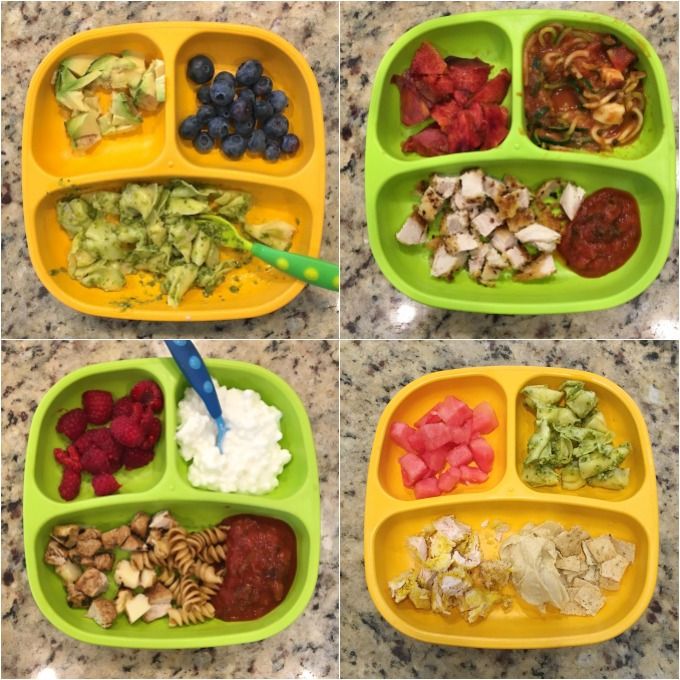 Keep in mind that toads are nocturnal, so feeding shouldn’t be done during the day. Captive toads do best on a feeding schedule since they recognize routine. Your toad will be healthiest if you feed it at the same time each night; around nine o’clock.
Keep in mind that toads are nocturnal, so feeding shouldn’t be done during the day. Captive toads do best on a feeding schedule since they recognize routine. Your toad will be healthiest if you feed it at the same time each night; around nine o’clock.
One more good rule of thumb is to only feed your toad for 15 minutes. Put the insects into your toad’s cage and let it go to town. But after 15 minutes, remove anything that hasn’t been eaten. This prevents overfeeding and ensures that dead insects don’t rot in your toad’s environment.
- Related Read: What Do Tadpoles Eat in the Wild and as Pets?
Things to Never Feed a Toad
While toads certainly need a diverse and varied diet, there are plenty of things that you should never feed a toad; wild or domestic. These foods can cause serious problems for any toad. Take salt or seasoning as an example. They can cause a toad to dry up and dehydrate, which could spell death.
You’ll also see that feeding meat to your toad is a terrible idea, even though toads are carnivorous. These animals only eat live meals though. They aren’t scavengers. You should take care to only feed your toad living insects, though you can also feed rodents when they’re large enough.
These animals only eat live meals though. They aren’t scavengers. You should take care to only feed your toad living insects, though you can also feed rodents when they’re large enough.
Make sure to never feed your toad any leftover human food. While this might be ok for dogs, it’s a terrible choice for toads and can lead to disastrous consequences.
- Salt
- Seasoning
- Pesticides
- Expired Food
- Sugar
- Bread
- Rice
- Meat
Conclusion
Toads have a pretty diverse palate. In the wild, they’ll eat pretty much anything of an edible size that comes along. Worms, bugs, centipedes, slugs, and more are all tempting choices for a wild toad. But toads in captivity need more structure and safer feeding. They haven’t been exposed to all the same bacteria and could get sick from eating wild-caught insects. As such, baby pet toads should only be fed feeder insects from reputable pet stores to ensure continuing health and longevity.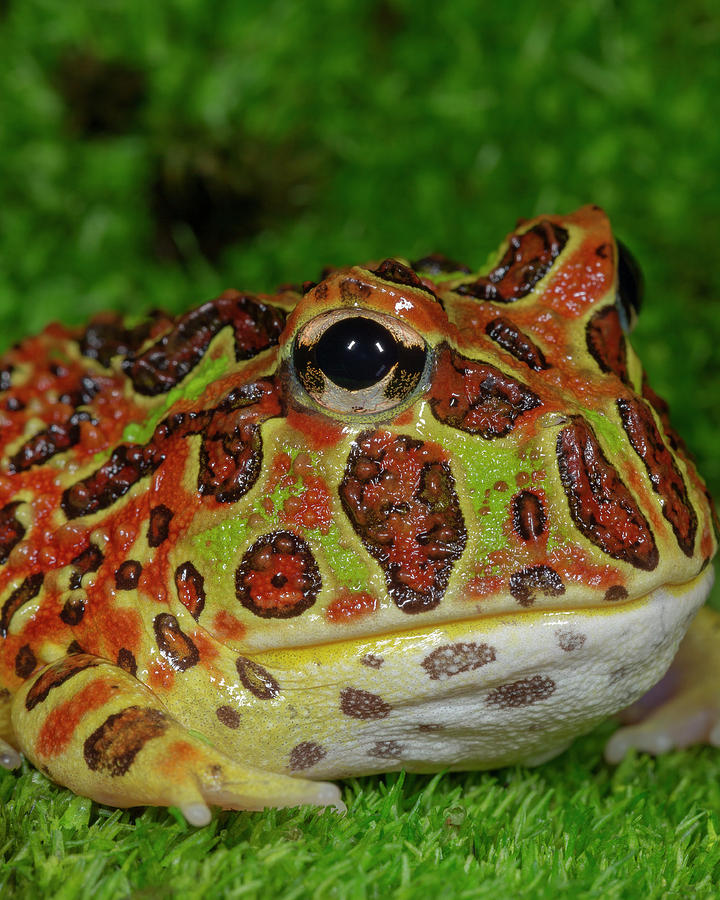
- Related Read:10 Best Pet Reptiles for Beginners (With Pictures)
Featured Image: ROverhate, Pixabay
What Do Baby Toads Eat? Tips For Raising A Toad
Baby toads look like they would be hard to feed, but it is quite the contrary!
If you already have a few frogs or toads in your garden and want to pet them, the first thing that must be understood is the animal's diet. Even if you want to raise a baby toad or two that you would like to raise in captivity, these tips and tricks will be very helpful.
Toads and frogs are often not adopted as pets because of their slimy skins and slightly weird appearance. However, if you are one of the many that actually like toads and want to raise a baby at home, understanding what you should let your new pet eat would be important.
Frogs and toads are actually pretty easy to have as pets, mainly because of how simple their diets are. Toads eat whatever fits their mouth and tastes marginally nice. Additionally, baby toads and adult ones have roughly the same diet, however, the portion sizes do differ. Read ahead to know about toads and what they should be eating under your watch!
Additionally, baby toads and adult ones have roughly the same diet, however, the portion sizes do differ. Read ahead to know about toads and what they should be eating under your watch!
If you enjoy reading this article, why not also check out what do pigs like and what do iguanas eat here at Kidadl!
What do baby toads eat in the wild?Toads and frogs are not the most common pets to have. However, there are many of us who would love to have these amphibians who would love to have these adorable animals as a part of our families. If you are fortunate enough to already have a baby toad and are wondering what the toad will eat, you'll be glad to know that these amphibians are not picky eaters at all.
It is actually pretty easy to feed toads and frogs since they do not require much supervision. Unlike in the case of other pets who would want you to prepare their meals in a certain way, toads actually like to eat their meals whole. Insects and worms should always be given to these toads whole and live because that would be the closest imitation of the animal's natural habitat that we can afford at home without having to live in an actual grassland.
If you happen to have caught a few tadpoles at the pond and want to raise them, it would be great if they had access to some mosquito larvae and algae. Since tadpoles are at a stage in life when they go through rapid growth and development, they need nutrition to maintain their health and support the transformation into a baby toad and eventually an adult one. In their natural habitat, tadpoles usually first feed on whatever remains of the yolk in the egg that they hatch out of. Once the yolk has been eaten, baby toads have a diet that mainly consists of aquatic vegetation such as algae. At this stage in life, they do not feed on other species of insects and worms since they do not have the digestive tracts to process such food. Mosquito larvae that may be available to them in the pond also add nutrition to the toad's diet and help it in becoming a rather beautiful and healthy juvenile. Feeding tadpoles at home can become a rather difficult task because finding algae can get tough.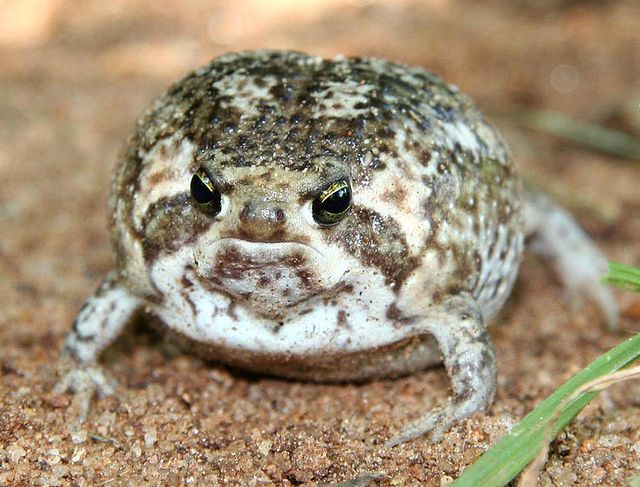 In such cases, tadpoles even go so far as eating their siblings! However, such behavior is not common and is only seen in places of habitat where food is too scarce and the tadpoles have to take major steps in order to ensure their own lives and well-being.
In such cases, tadpoles even go so far as eating their siblings! However, such behavior is not common and is only seen in places of habitat where food is too scarce and the tadpoles have to take major steps in order to ensure their own lives and well-being.
On the other hand, if you have adopted a baby toad and want to feed it, make sure that you enrich the animal's diet with lots of calcium-rich foods in order to make sure that your pet grows up to have strong bones. Calcium absorption is rather essential for both baby and adult toads. Hence, your pet may go through a phase of insufficient calcium absorption if the animal is not exposed to enough amounts of sunlight. The UVB factor in sunlight allows the absorption of calcium, among other essential nutrients. Hence, make sure to arrange a basking time for your pet a few times a week while also feeding it the right amounts of food at the right time. The most important factor to keep in mind while feeding a baby toad or even an adult toad is that while these amphibians are not picky about their food and will eat just about anything that flutters and moves around them, they do not chew their food. Understandably, it can become hazardous if you buy food from pet stores that are too large to fit through the food pipe of a toad. It can lead to choking and may buy you and your pet a visit to the veterinarian. Choking is a major hazard in such small animals as toads and frogs, and if the issue is not dealt with at the earliest by a licensed veterinarian, the issue may aggravate and become fatal for your dearest pet. Hence, caution is advised while feeding animals that are so different from human beings!
Understandably, it can become hazardous if you buy food from pet stores that are too large to fit through the food pipe of a toad. It can lead to choking and may buy you and your pet a visit to the veterinarian. Choking is a major hazard in such small animals as toads and frogs, and if the issue is not dealt with at the earliest by a licensed veterinarian, the issue may aggravate and become fatal for your dearest pet. Hence, caution is advised while feeding animals that are so different from human beings!
Toads will eat anything starting from plant matter such as algae and small prey in the form of insects and flies. Baby toads eat such flies and insects in any garden that they are commonly found in. On the other hand, tadpoles eat plant matter and mosquito larvae instead of prey such as flies and insects. Hence, having a few tadpoles in a nearby pond can mean that these tiny beings will be munching on the larvae and the mosquito populace will accordingly reduce substantially.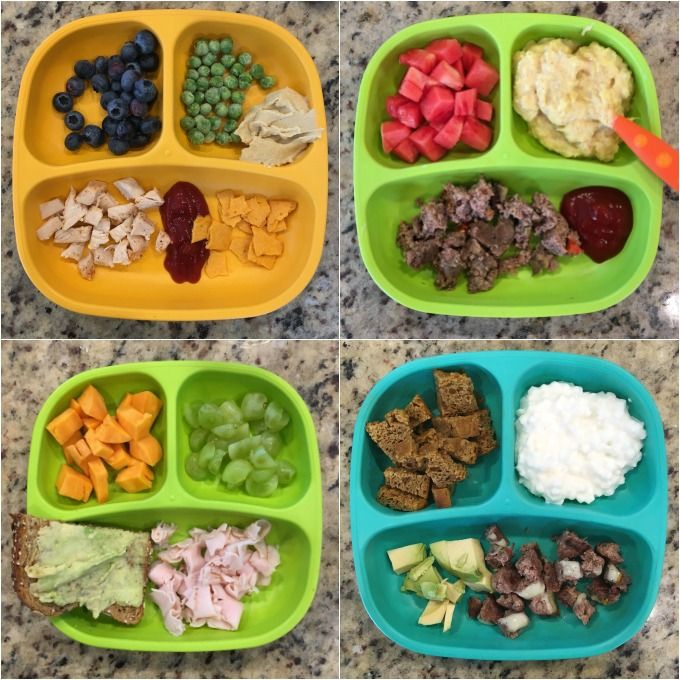
Baby toads are carnivorous, and hence, it would not be a wise idea to be feeding them fruits and vegetables. Fruit flies and pinhead crickets, on the other hand, would make excellent food for juvenile toads and provide them with all the required nutrition. If you have been in the search of natural solutions to the trouble-causing crickets, slugs, snails, and mealworms in your garden, having a few juvenile toads or even adult ones will make sure that you are not 'bugged' by the 'bugs' every day!
Although, while having a few of these amphibians as pets in the garden can be beneficial, make sure that your garden is free from any mice. Small mice eat toads and especially juvenile ones. Hence, to ensure that your pet's life does not come to an abrupt and tragic end, keep the mice rodent-free.
At the same time, even a toad eats some rodents if it can fit them in its mouth. You want to feed your pet toad some rodents as live prey, make sure that the animal is not larger than the mouth of the amphibian to avoid a choking hazard. This is because a frog would swallow its prey whole and would not try to chew whatever it is fed. Understandably, a large rodent, if tried to swallow whole, would tend to block the food pipe.
This is because a frog would swallow its prey whole and would not try to chew whatever it is fed. Understandably, a large rodent, if tried to swallow whole, would tend to block the food pipe.
There are certain things that should never be given to adult toads, and such foods would include human foods. This is because both wild toads and pet toads lack the digestive tracts that would digest the vitamins and other nutrients that humans consume. Human food is usually cooked and heat kills a lot of the nutrients that your toads eat and require.
Fruits and vegetables are often grown with pesticides. A toad eating such chemicals in the wild or in a domestic setting would be very harmful to the diet and wellbeing. A pet toad would swallow anything that gets caught in this mouth, and hence, it becomes the responsibility of their owners to make sure that they are fed the right foods and in the right amounts.
Toads eat live prey and tend to search for the same when kept in captivity as well. For the same reason, not only will bread and other dairy products be detrimental to a toad's diet, but depending on the species of toad that you have as a pet, it could also be fatal. Bread and dairy products are not available in the wild and hence, a toad's digestive tract cannot be expected to be built in a way to process such alien store-bought things.
For the same reason, not only will bread and other dairy products be detrimental to a toad's diet, but depending on the species of toad that you have as a pet, it could also be fatal. Bread and dairy products are not available in the wild and hence, a toad's digestive tract cannot be expected to be built in a way to process such alien store-bought things.
Although frogs and toads search for mealworms and crickets in the wild, they are not used to other types of meat. Any luncheon meat that you have at home may be harmful to your toad's health. Stale food is not fit for eating either and should be kept away from all species of toads.
How To Feed A Baby ToadA baby toad can feed on lots of mealworms, crickets, and fruit. These foods tend to have almost all the vitamins and minerals that your pet frog would need in order to be able to grow into a strong adult frog. Feeding worms and crickets from the garden is a great idea too, however, if there is no prey in your garden for your frogs to feed on, you could always buy some from a nearby pet store.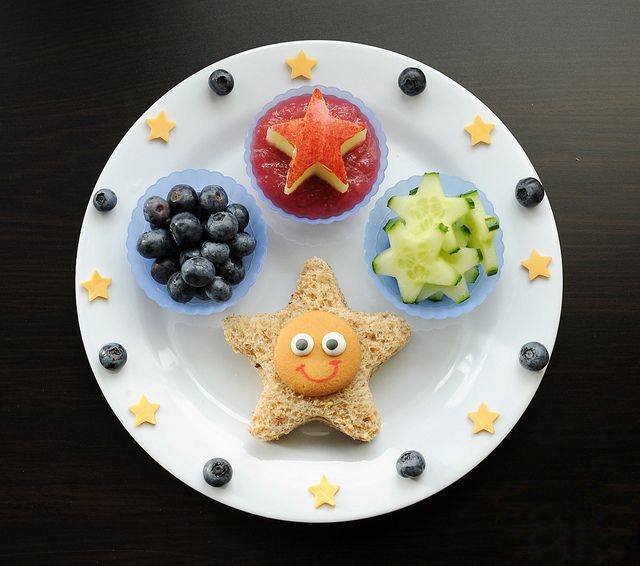
Additionally, it is worthy to note that the worms and pinhead crickets that are available at pet stores often lack the nutritional values that insects of the wild have. This problem can be solved through gut loading. Gut loading is the process of feeding the insects ample nutrients before letting a frog or toad eat them. In this way, even a toad brought up in captivity can have a diet similar to the one that it would have from eating worms and crickets in its wild habitat.
One of the most important things to keep in mind is that a pet toad will eat almost anything that fits into its mouth. If the crickets or other insects that you feed your wild frogs are too big, it can turn into a choking hazard for the animal!
Here at Kidadl, we have carefully created lots of interesting family-friendly facts for everyone to enjoy! If you liked our suggestions for what do baby toads eat, then why not take a look at what do insects eat or spadefoot toad facts?
Disclaimer
At Kidadl we pride ourselves on offering families original ideas to make the most of time spent together at home or out and about, wherever you are in the world.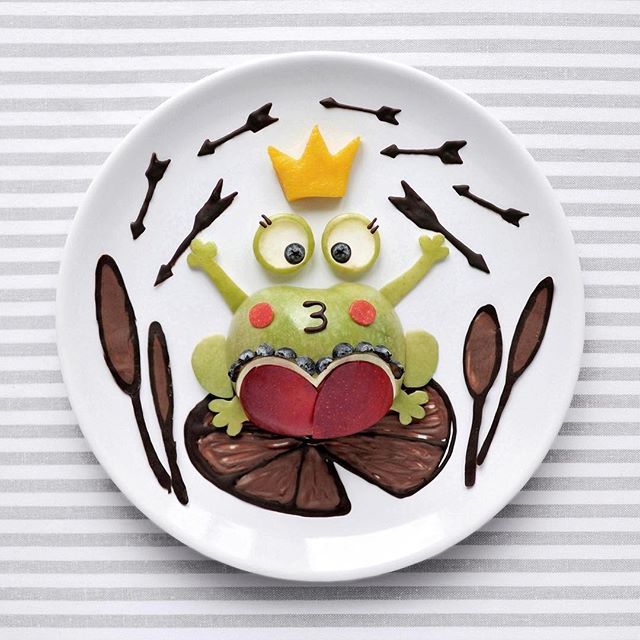 We strive to recommend the very best things that are suggested by our community and are things we would do ourselves - our aim is to be the trusted friend to parents.
We strive to recommend the very best things that are suggested by our community and are things we would do ourselves - our aim is to be the trusted friend to parents.
We try our very best, but cannot guarantee perfection. We will always aim to give you accurate information at the date of publication - however, information does change, so it’s important you do your own research, double-check and make the decision that is right for your family.
Kidadl provides inspiration to entertain and educate your children. We recognise that not all activities and ideas are appropriate and suitable for all children and families or in all circumstances. Our recommended activities are based on age but these are a guide. We recommend that these ideas are used as inspiration, that ideas are undertaken with appropriate adult supervision, and that each adult uses their own discretion and knowledge of their children to consider the safety and suitability.
Kidadl cannot accept liability for the execution of these ideas, and parental supervision is advised at all times, as safety is paramount. Anyone using the information provided by Kidadl does so at their own risk and we can not accept liability if things go wrong.
Anyone using the information provided by Kidadl does so at their own risk and we can not accept liability if things go wrong.
Sponsorship & Advertising Policy
Kidadl is independent and to make our service free to you the reader we are supported by advertising.
We hope you love our recommendations for products and services! What we suggest is selected independently by the Kidadl team. If you purchase using the buy now button we may earn a small commission. This does not influence our choices. Please note: prices are correct and items are available at the time the article was published.
Kidadl has a number of affiliate partners that we work with including Amazon. Please note that Kidadl is a participant in the Amazon Services LLC Associates Program, an affiliate advertising program designed to provide a means for sites to earn advertising fees by advertising and linking to amazon.
We also link to other websites, but are not responsible for their content.
Read our Sponsorship & Advertising Policy
What frogs eat, how to feed frogs at home
From this article you will learn:
- What frogs eat in the wild;
- Where to look for frog food;
- What are her favorite “dishes” that she can grow at home;
- The order of feeding these amphibians;
- How frogs drink.
Frogs are carnivores that generally only eat moving objects, which means you can only feed frogs live insects!
General Feeding Guidelines for Frogs
frogs are truly generalist predators - they eat anything found in the wild. They will eat spiders, grasshoppers, butterflies and anything that gets in their mouth. Water frogs feed on a variety of aquatic invertebrates.
Each type of frog has its own nutritional recommendations, but in general your pet frog will eat a mixture of the following on the list.
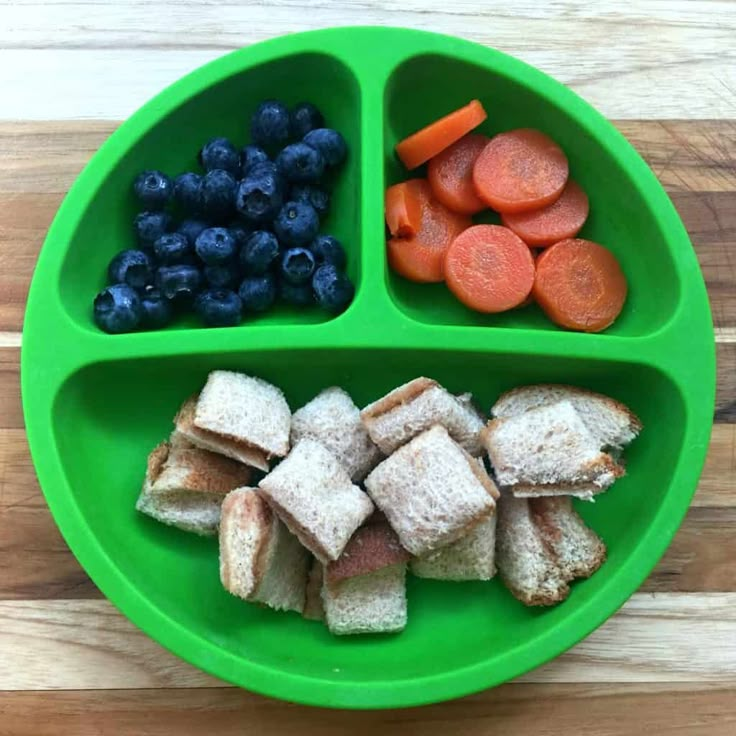
Crickets
They form the basis of your pet frog's diet. This is not because they are the healthiest, but simply because they are the easiest to buy or grow at home.
Meal worms and woolworms
This is another delicious snack for frogs. Like crickets, mealworms are fairly easy to find in pet stores or raise at home. You can also buy them from fishing lure shops, but they won't come with a loaded gut.
Locusts and grasshoppers
They may be a little harder to find in pet stores or buy for frogs, but they add a much-needed variety of nutrients to your pet's diet.
Caterpillars or worms
They are getting easier to find in pet stores. Be sure to get caterpillars of the right size for your frog, as they can get pretty big!
Bloodworms, brine shrimp and black worms
These, along with other small worms, will be the main diet of water frogs.
Mice
They are part of the diet of large frog species such as Pacman frogs and African bullfrogs.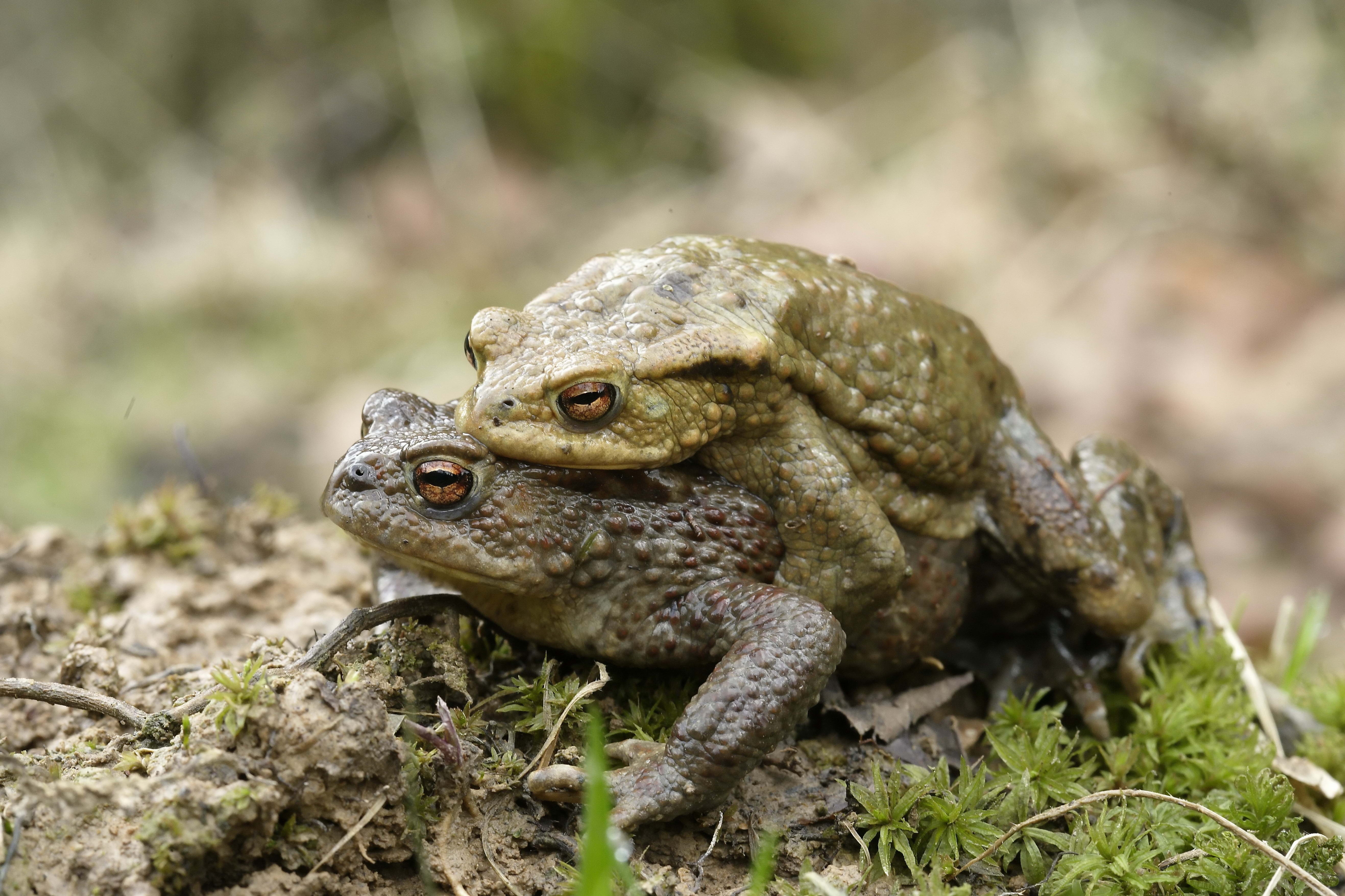 As the frog grows, start feeding it to newborn mice.
As the frog grows, start feeding it to newborn mice.
You can buy them frozen or live, but be aware that most frogs do not eat frozen. Larger frogs will eat small or even adult mice. If this does not suit you, choose a smaller frog.
Be sure to feed the frog food that is smaller than the width of the frog's head, otherwise the frog's intestines may be damaged. If possible, try to buy insects with intestines, as they are much more nutritious for your frog!
If you can't buy food with a full gut, your frog is at risk of vitamin A deficiency.
Do not feed fruit or vegetables, human table waste, or wild-caught insects to your frog. Wild insects pose a serious risk of pesticide exposure, which can be very dangerous for your frog.
How much and when to feed the frog
The exact schedule and amount of frog feeding depends on its species, age and activity level. Like humans, frogs can become obese if overfed.
To keep your pet healthy and healthy, it is important to feed your frog in the right amount.

- High energy frogs (eg pygmy clawed frogs) and young frogs (less than 16 weeks old) should have frequent access to food. Feed young frogs and high energy frogs every day or even twice a day. This may mean leaving some food, such as fruits or vegetables, in the tank for the insects to eat.
- Medium energy frogs should be fed every other day or every other day. In general, they should be fed about five crickets per meal. Make sure you feed enough to keep the frog from eating within seconds, but don't feed so much that you see crickets the next morning!
- Larger frogs should be fed less frequently. Large mouse frogs may eat infrequently - once a week or once every two weeks.
Your pet frog should have access to clean, dechlorinated water at all times. You can buy a dechlorinator at most aquarium stores.
Either create a pool of water in the tank, spray the tank regularly, or both. Frogs don't drink through their mouths, so it's important to keep them moist. They “drink” by absorbing water through their skin!
They “drink” by absorbing water through their skin!
In the wild, frogs eat a wide variety of things. Feeding your pet frog should include a mixture of various insects with an intestine to ensure proper nutrition.
Plan how you will store these live insects before you bring home a new frog!
More about domestic frogs
Domestic frogs - care and maintenance
Domestic frogs - dwarf claws
Eastern fiery pot-toad-care and content
Leopard frogs (meadow frogs)-Content and Care
African frog-
home conditions. How to feed a frog at home. Water and aquarium requirements
HOUSEHOLDING TOADS AND FROGS
If many people have toads and frogs made of metal and stone, and even with a coin in their mouth as a symbol that brings money and well-being, then some prefer to have live real amphibians at home. Under natural conditions, toads, and they are gray and green, lead a twilight lifestyle, always avoid bright light. Toads are very useful if they are in a summer cottage or garden plot, they exterminate harmful insects, including pests such as slugs, and in very large quantities. If there is a pond on the site, and there are no frogs, you should try to attract them by laying driftwood and shards near the pond, frogs like to hide under them. Often we cannot deny ourselves the desire to have a piece of wildlife next to us all year round, so we keep frogs and toads at home. Keeping toads at home deprives them of their freedom and natural instincts. However, toads and frogs are often settled in a living corner.
Toads are very useful if they are in a summer cottage or garden plot, they exterminate harmful insects, including pests such as slugs, and in very large quantities. If there is a pond on the site, and there are no frogs, you should try to attract them by laying driftwood and shards near the pond, frogs like to hide under them. Often we cannot deny ourselves the desire to have a piece of wildlife next to us all year round, so we keep frogs and toads at home. Keeping toads at home deprives them of their freedom and natural instincts. However, toads and frogs are often settled in a living corner.
Toads are kept in high humidity and in aquaterrariums specially equipped for their keeping. They should have enough snags, pieces of bark and stones that serve as shelter for the toads, because during the daylight hours it will be impossible to see the toad, it does not come out of the shelter. The temperature of the content should be 18-20 degrees. Toads should be fed by running live insects into the terrarium, toads eat only moving insects and invertebrates. Cockroaches, bloodworms, slugs, flies and earthworms are good food for toads. A toad needs 3-4 grams of food per day.
Cockroaches, bloodworms, slugs, flies and earthworms are good food for toads. A toad needs 3-4 grams of food per day.
The skin of toads is quite bumpy due to the many venom glands, the largest glands are located behind the eyes. These glands are the most dangerous, they can give out a poisonous secret at a distance of up to one meter. If you take a toad in your hands, the glands located on the body and legs work, you can feel this liquid, it has an unpleasant odor and a bitter taste. In the old days it was believed that they appeared precisely from this secret allocated by the toad.
Keeping frogs in a pet zoo does not differ much from keeping toads. Frogs can live in terrariums with a pond, at a temperature of 18-20 degrees, or in aquariums with created islands or stones protruding from the water, on which frogs can periodically crawl out. Only now the frogs need to create a very high humidity. If the humidity is low, the frog's skin dries out quickly, which can lead to its death. The food for frogs is the same as for feeding toads, only tubifex is to be excluded. Frogs should be kept in aquariums without fish, because fish can be excellent food for them. Keeping frogs as domestic amphibians is an occupation only for rare exotic lovers. The most popular frog for the home aquarium is the clawed frog. The homeland of such a frog is Africa, in nature, frogs live in reservoirs with stagnant water and often move overland in search of another reservoir, but they cannot live without water. The bottom of the aquarium or aquaterrarium should be covered not with sand, but with fine gravel, frogs dig in it, and the water becomes cloudy. From plants for an aquarium with frogs, it is better to use large aquatic plants with a powerful stem, otherwise the frog can damage them by simply breaking them, and it is better to place plants floating on the surface, they can also serve as islands of land for frogs.
The food for frogs is the same as for feeding toads, only tubifex is to be excluded. Frogs should be kept in aquariums without fish, because fish can be excellent food for them. Keeping frogs as domestic amphibians is an occupation only for rare exotic lovers. The most popular frog for the home aquarium is the clawed frog. The homeland of such a frog is Africa, in nature, frogs live in reservoirs with stagnant water and often move overland in search of another reservoir, but they cannot live without water. The bottom of the aquarium or aquaterrarium should be covered not with sand, but with fine gravel, frogs dig in it, and the water becomes cloudy. From plants for an aquarium with frogs, it is better to use large aquatic plants with a powerful stem, otherwise the frog can damage them by simply breaking them, and it is better to place plants floating on the surface, they can also serve as islands of land for frogs.
In an aquarium with frogs, you need to constantly change the water, or install filters, frogs emit a lot of organic matter, and the water quickly becomes cloudy and dirty. Compressors can be omitted, as frogs breathe when leaving the water on the islands. From above, the aquarium should be covered with glass or a grate; frogs can easily jump out of it.
Compressors can be omitted, as frogs breathe when leaving the water on the islands. From above, the aquarium should be covered with glass or a grate; frogs can easily jump out of it.
If you have a pair of frogs, they can reproduce by laying eggs. Aquarium clawed frogs can be observed laying eggs 3-4 times a year. Tadpoles emerge from the eggs, and then, after about two months, frogs develop from them. Tadpoles and frogs can be fed fish food. Frogs in an aquarium can live up to 15 years.
There are many types of frogs, but some of them are very dangerous. These are toad frogs and spadefoot frogs. It is better not to keep them at home. Frogs imported from America are even more poisonous and dangerous. The poison secreted by toads and frogs will not cause serious poisoning in humans, but getting on the mucous membranes can lead to inflammation, redness and irritation. Skin areas should be thoroughly rinsed with water immediately after exposure to the poison.
Frogs are mostly green, gray and white, with a yellow belly, but cannot be colored. Be careful, colored frogs are imported from China, these are artificially colored frogs.
Be careful, colored frogs are imported from China, these are artificially colored frogs.
A long time ago, when there were no people on Earth yet, and only trees grew and grasses turned green, birds soared in the sky and various animals jumped and jumped, the Heavenly Ruler sent down an unprecedented drought. Dried up, lakes, rivers and ponds. The birds fell dead to the ground. Lifeless animals lay in the mountains and forests.
Then a small earthen toad gathered ants, wasps, animals and birds and led them to the palace to the Heavenly Sovereign, and having defeated his army, set the condition to the Almighty: "As soon as I give my vote, you will immediately send rain on the Earth." Since then, this has been the custom in the world: if you hear the singing of an earthen toad, wait for rain.
This legend is common among the peoples of Vietnam and Thailand, and the prototype of the courageous toad was, apparently, the black-rubbed toad (Bufo melanostictus), which is widespread in Southeast Asia.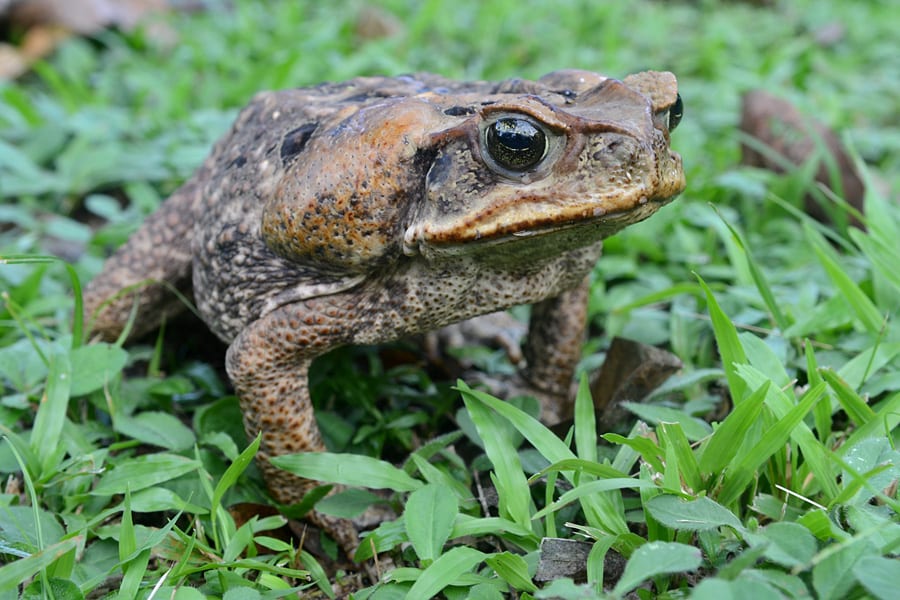 It is interesting to note that in the folklore of many peoples of Africa and Asia, these amphibians personify wisdom, resourcefulness and, oddly enough, courage.
It is interesting to note that in the folklore of many peoples of Africa and Asia, these amphibians personify wisdom, resourcefulness and, oddly enough, courage.
The family of True toads (Bufonidae) includes more than 300 species distributed on all continents, excluding Australia and Antarctica. They inhabited waterless deserts, forests and highlands, and the common toad (Bufo bufo) was found on Veliky Island in the White Sea beyond the Arctic Circle.
There are 6 species of toads in our country, divided into two groups: gray and green. The first group includes gray or common (B. bufo), Caucasian (B. verrucosissimus) and Far Eastern (B. gargarizans), and the second - reed (B. calamita), green (B. viridis) and Mongolian (B. raddei) toads.
All domestic representatives of the family are characterized by a dense rounded body with short thick limbs and a large head. The skin is usually dry to the touch, often covered with numerous bumps of various sizes. Behind large and expressive eyes with horizontal pupils are the parotid glands - parotids, by which toads are easily distinguished from other amphibians of our country.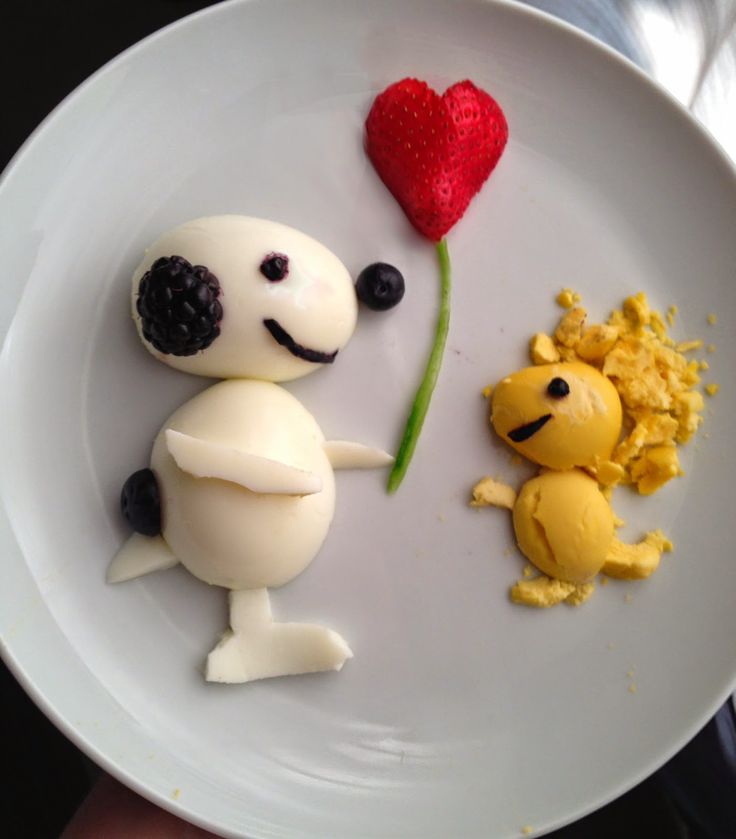
Toads are very popular inhabitants of terrariums. Unpretentious to the conditions of detention, they lived in captivity up to 36 years. A horizontal type terrarium with gravel or expanded clay soil, a small cuvette with water and shelter from an inverted ceramic pot - these are all the requirements for "living space".
All toads have an excellent appetite. Their menu includes any little thing that they are able to swallow, in captivity these are usually earthworms, slugs, cockroaches, crickets, zophobos larvae and flour beetles, which are easy to breed or can be bought at a large pet store. Large individuals are happy to eat mice and small rats, frogs and quail chicks. Most toads catch only moving food, and they grab small prey with a sticky tongue, and large prey with their jaws.
Small toads, especially young ones, are best fed every day or every other day, large ones - 2 times a week. To prevent the toad breakfast from spreading around your apartment, a strip of medical vaseline or a thick ointment is applied to the walls of the terrarium and the feeder around the perimeter. Most of the forage insects climbing the walls cannot overcome this simple barrier.
Most of the forage insects climbing the walls cannot overcome this simple barrier.
Large toads can be kept directly on the floor of a residential or industrial building. In its corner, a drinking bowl and an incandescent lamp are installed for heating in the cold season. Feeding objects are set in feeders from which they cannot get out. Usually, well-bred toads "defeat" in the pool, which is very convenient, because cleaning up after the pet comes down to changing the water. In the terrariums of domestic amateurs, the green and gray toads, as well as the aga toad (B. marinus), are most often kept.
The gray or common toad is a large amphibian with a massive broad body. The maximum body length is up to 200 mm, usually not more than 130 mm. The species inhabits northwestern Africa, almost all of Europe and western Siberia. The gray toad prefers forest landscapes, gets along well with humans and is quite common in parks, gardens, and orchards.
Quickly gets used to the conditions of the terrarium and, with the right maintenance, pleases its owners for many years. The optimum temperature for keeping this species is 16-25oC.
The optimum temperature for keeping this species is 16-25oC.
In the cold season, the common toad needs a period of cooling, the so-called "wintering". To do this, pets are cold-aged for 2 weeks, and then they are placed in containers with a wet substrate (sphagnum moss or, more hygienically, foam rubber). "Wintering" is best done at a temperature of 5-8 ° C, every week it is necessary to moisten the substrate and visually assess the condition of the toads.
If your plans do not include breeding, then a 2-3 week cooling period in an overwintering container on the bottom shelf of the household refrigerator will suffice.
Toads emerge from "wintering" gradually, raising the temperature to room temperature over 3-5 days. Well for these purposes, thermal boxes and household thermal bags have proven themselves, the temperature in which slowly equalizes with the temperature of the room.
The green toad is a medium-sized amphibian with a maximum body length of up to 120 mm. It inhabits a variety of landscapes over a vast territory from France and North Africa in the west to Altai and Pakistan in the east. This species lives in the forest, forest-steppe, steppe and desert zones at altitudes from sea level to 3000 m. The green toad, unlike the gray one, is more dry and thermophilic.
It inhabits a variety of landscapes over a vast territory from France and North Africa in the west to Altai and Pakistan in the east. This species lives in the forest, forest-steppe, steppe and desert zones at altitudes from sea level to 3000 m. The green toad, unlike the gray one, is more dry and thermophilic.
In captivity, green toads are kept under the same conditions as the previous species, but "wintering" should be carried out at a temperature of 8-10 degrees. It should be remembered that green toads are great climbers and are ready to sneak out at the first opportunity from an uncovered terrarium.
The aga toad is one of the largest amphibians in the world. The body length of females of large morphs can reach more than 250 mm. Initially, this species inhabited a variety of landscapes in South America, but then, in order to control rodents, it was settled in other tropical regions of the world. In Australia, the number of aga has increased so much that local small animals are under threat.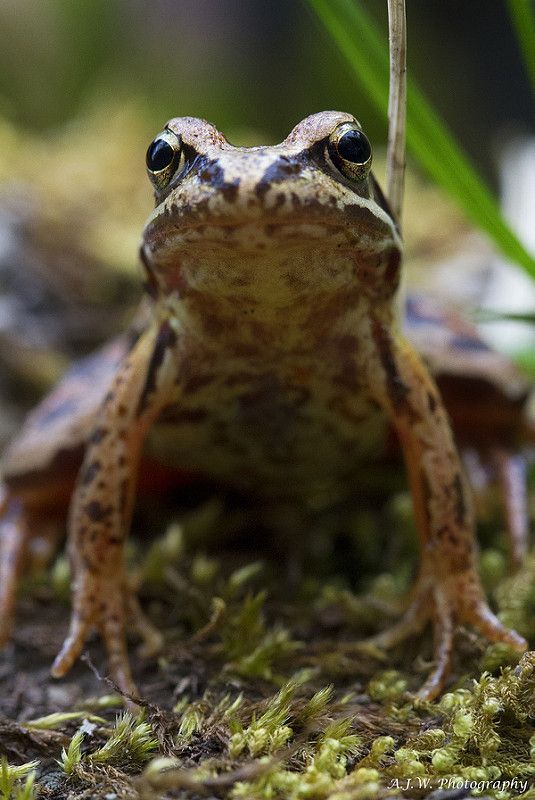
The toad is probably one of the most spectacular amphibians in the collection of Russian terrarium keepers. A huge head with large parotids (parotid glands), powerful paws, bumpy brick-colored skin with a simple pattern, and most importantly, size - make an indelible impression on those who see these toads for the first time.
Ags have a Nordic character, they quickly get used to a person and are easy to pick up. Young individuals of this species in captivity in large quantities eat small food animals - insects, worms, mollusks. Adult Aghas hunt mice, rats and chickens with passion. According to the testimony of many terrariumists, these toads are well trained to take motionless food from the feeder: pieces of lean meat, fish, and even dog meat food.
In order to avoid the development of diseases associated with metabolic disorders, vitamin and mineral supplements must be included in the feed for toads. We usually add trivit and calcium glycerophosphate when feeding large bloodworms, zophobos larvae and flour beetles.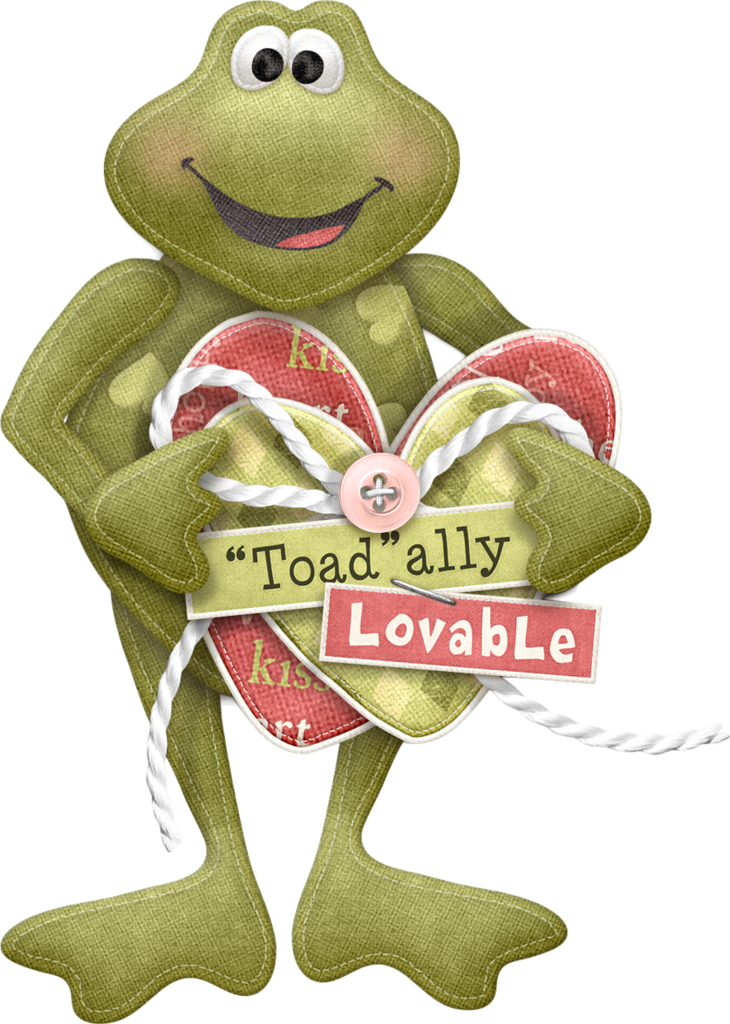 Regular exposure to ultraviolet radiation using soft UV sources, such as cosmetic lamps, is essential when rearing young toads. Such a solarium is carried out 2-3 times a week for 10-15 minutes.
Regular exposure to ultraviolet radiation using soft UV sources, such as cosmetic lamps, is essential when rearing young toads. Such a solarium is carried out 2-3 times a week for 10-15 minutes.
Currently, terrarium studies in our country are finding more and more admirers, and toads have always been and will be the most suitable objects for keeping a house. Beginners and already experienced amateurs are attracted by their interesting behavior, meek disposition and unpretentiousness. Anyone who has ever kept these animals at home will remember their modest charm for a long time.
A. Kidov
Aquarium and lake frogs differ significantly not only in their behavior, domestic frogs are not used to getting food on their own and require increased attention and care. One of the first questions a breeder faces is what to feed a frog at home? If lake frogs in natural conditions feed on mosquitoes, flies and other insects, then aquarium sissies will not tolerate such a diet and require a completely different approach to nutrition.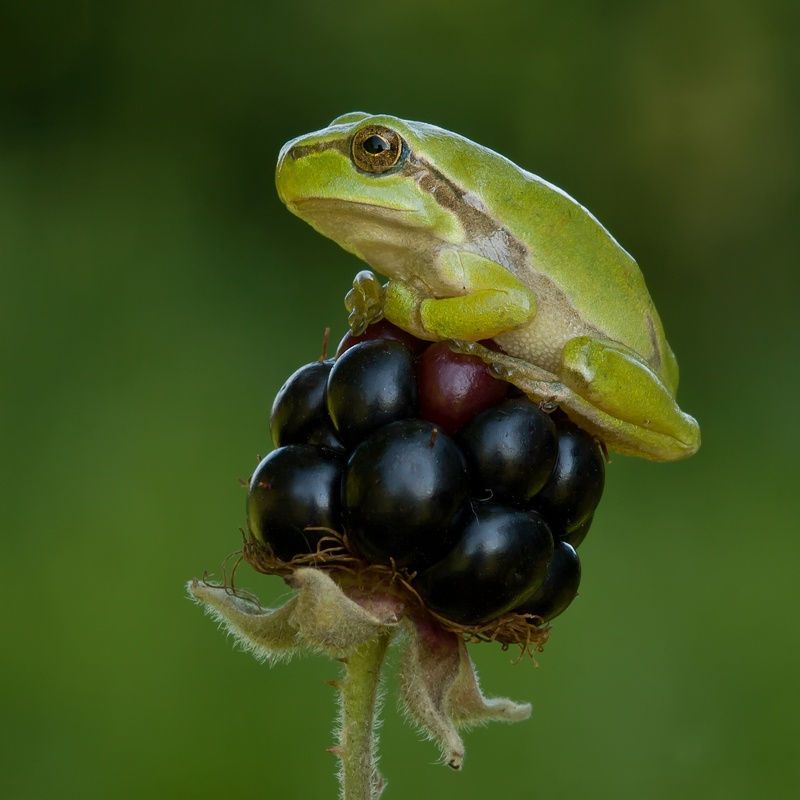
What is fed to domestic frogs
Nowadays, modern pet stores offer a variety of nutritious foods with various additives. These feeds are balanced and contain all the necessary vitamins and microelements for proper frog nutrition. If the breeder wants to make up the diet for the pets himself, it will be useful for him to know some rules.
Aquarium frogs should never be overfed. Overeating can lead to bloating and death of the pet. How many times a day to feed a domestic frog depends on the age and type of reptile. Usually:
- small representatives are fed every day, It is enough to feed
- adult frogs once every two to three days.
Bloodworms and prawns are good food. Occasionally, you can offer live small fish or guppies. White and clawed frogs eat bloodworms well. For them, this is one of their favorite treats, which gives great pleasure.
Bloodworms are best placed in a terrarium in a flat feeder filled with water. Do not throw any kind of food into the aquarium itself - this pollutes the water. It is not enough to feed frogs only with bloodworms; such pets require a balanced diet, including both live food and various additives to it.
Do not throw any kind of food into the aquarium itself - this pollutes the water. It is not enough to feed frogs only with bloodworms; such pets require a balanced diet, including both live food and various additives to it.
Sliced meat and fish are suitable for larger individuals. Your pets will not immediately get used to such a delicacy, be patient and in a couple of weeks the frogs will be happy to eat such food.
Feed supplements
Frogs in an aquarium should receive not only food, but also vitamin and mineral supplements. They can be bought at pet stores. But the problem is that for amphibians there is no clearly defined norm for adding fortified feed, so the portion has to be calculated approximately, “by eye”.
It should be remembered that an excess of vitamins, especially such as fat-soluble "A", "O", "E", can sometimes lead to the death of pets.
Feed your frog at home also with foods containing calcium, especially for young amphibians. The frequency of calcium supplementation depends on age:
The frequency of calcium supplementation depends on age:
- young birds should be offered this supplement every day,
- older - once a week.
As products that contain calcium in their basis, we can distinguish:
- crushed white school chalk,
- limestone,
- raw chicken egg shells, ground.
Do not forget also that calcium is well absorbed by the body only in combination with vitamin D3, to promote its production is used.
Is it possible to feed a frog live food
What else is fed to domestic frogs? With the onset of warm days, terrarium owners find live food in nature for their pets. Amphibians willingly eat aphids, cicadas, filly caught far from the roads.
Live insects are caught with a net. The circumference of the hoop should be within 40-50 cm, and the length of the bag should be three times longer so that the caught insects cannot jump out of it. The bag can be sewn by yourself from dense matter.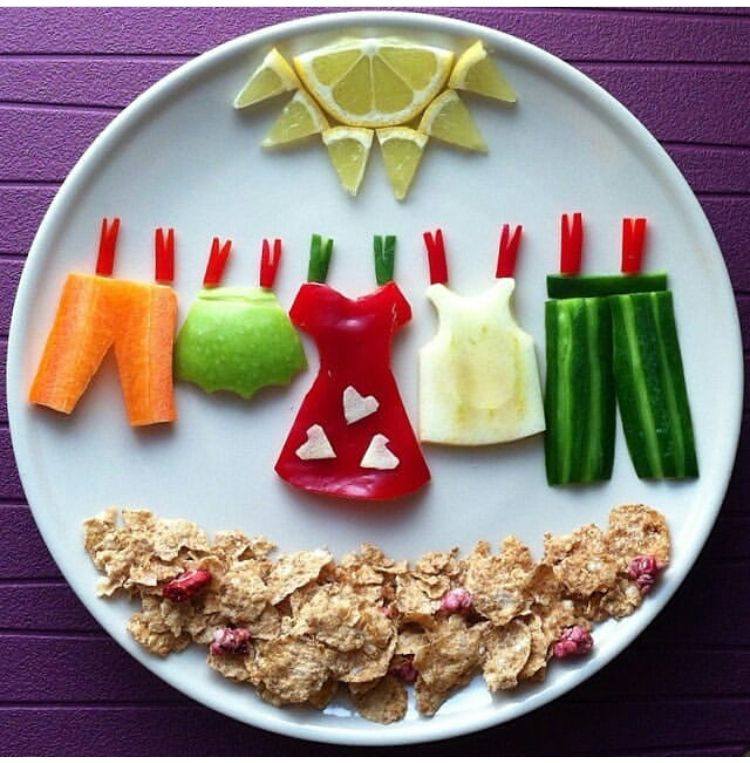 Coarse calico or canvas will do. Gauze is no good. The net handle is best made from 50 to 70 cm, a longer one will quickly tire your hand.
Coarse calico or canvas will do. Gauze is no good. The net handle is best made from 50 to 70 cm, a longer one will quickly tire your hand.
Aquarium amphibians really enjoy collecting live food, but you can collect it only in the absence of precipitation in warm weather on dry grass. It is easier to catch insects like this: walking through a clearing, a meadow, make movements with a net like a figure eight, capturing the upper parts of plants with it. If prey has got into the net, it should be poured into a jar that is not hermetically closed, but with a mesh lid.
Eating invertebrates is beneficial for aquarium frogs. Thanks to this feed, you can not carry out additional fortification.
Be careful
Do not collect live food near areas with heavy traffic. Insects collected near highways, factories or factories can contain a large amount of toxins, which will adversely affect the health of the frogs, and may even lead to the death of pets.
When releasing collected invertebrates into the terrarium, be sure to sort them out and remove poisonous ones - they can be identified by their bright color.
For additional vitaminization of frogs, insects should first be released into a jar with a mixture of vitamins and calcium, tightly closed and shaken a couple of times, then quickly fed to reptiles. So that the insects released into the aquarium do not run away, it is better to place them in a feeder. It is easy to remove food residues from it.
Feeders with an interesting design have recently come on the market. They look like a hollow stone, into which it is convenient to pour powdered additives and place live insects. All the contents are mixed together, and the feeder with a hole freed from the cork is lowered into the terrarium. From it, one by one, insects are selected. It is not difficult for frogs to get used to the feeder and guard at the hole to eat live insects. Do not forget that uneaten crickets and cockroaches can scatter throughout the aquarium and destroy ornamental plants.
Feed the frog in your home aquarium regularly and responsibly, and then your pets will live a long happy life for your joy.
Like this article? Take it to your wall, support the project!
Frogs, leading an aquatic lifestyle, have long taken a strong place in amateur aquariums. And the touching little frogs, which are now sold in almost every pet store, cause an irresistible desire among people who are inexperienced in aquaristics to buy, as they say, "there are those two white ones and this gray one." But no matter how cute they are, let's first figure out what kind of frogs they are, what conditions they need and with whom they can live in the same aquarium.
Two types of frogs are currently kept in aquariums: the smooth clawed frog - xenopus (Xenopus laevis), which has been bred in captivity for many years, and the dwarf frog - hymenochirus (Hymenochirus boettgeri), which has become popular not so long ago. Adult frogs of these species vary greatly in size, appearance, behavior, and content. Frogs in pet stores are often kept in the same aquarium and when selling, they do not always focus on their species.
Clawed frog.
So, if aquarium frogs are white or pinkish, with red eyes, then regardless of size they are clawed. The albino clawed frog was artificially bred at the Moscow Institute of Developmental Biology for laboratory experiments.
If a small frog is grayish, brownish or olive in color with dark spots, then to determine the species, you should pay attention to the length and thickness of its limbs, the presence of webbing between the fingers of the front paws and the pointedness of the muzzle. Wild-colored clawed frogs are more dense, they have thicker legs with bandages, like babies, a rounded muzzle, and there are no webbing on the fingers.
Hymenochirus, on the other hand, has membranes, long and slender legs, and a pointed muzzle. The size of an adult hymenochirus, as a rule, does not exceed 4 cm, while the clawed frog grows up to 10–12 cm.
These frogs also behave in different ways. They are active, strong and completely shameless. But they are clearly visible, they have large expressive faces and they have a habit of stretching out beautifully to hang in the thickness of the aquarium water.
But they are clearly visible, they have large expressive faces and they have a habit of stretching out beautifully to hang in the thickness of the aquarium water.
Hymenochirus are calmer, quieter, slower and more delicate. They slowly crawl along the bottom, climbing on underwater objects and periodically freezing for a long time. As one amateur aptly put it, pygmy frogs resemble "meditating scuba divers." They almost do not damage plants, do not disturb fish (they simply do not have such an opportunity due to the size of their body and mouth), pollute the aquarium a little.
In a large aquarium, they are almost invisible, because they constantly hide on the bottom or in thickets of plants, and if active fish live nearby, then hymenochiruses may not keep up with food.
Aquarium frogs: maintenance and care
Both species are not too demanding in terms of keeping conditions. For clawed frogs, an aquarium of 20-30 liters per couple is enough, while it needs to be filled with water by half or a third.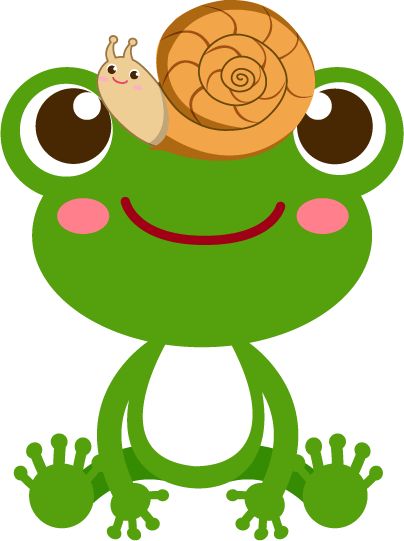 The aquarium should be closed with a lid or net. The soil is a large pebble. The aquarium is equipped with a compressor or a small internal filter, you can use a waterfall filter, but there should not be a strong current. There is no need for bright lighting.
The aquarium should be closed with a lid or net. The soil is a large pebble. The aquarium is equipped with a compressor or a small internal filter, you can use a waterfall filter, but there should not be a strong current. There is no need for bright lighting.
The water temperature is about 22-25°C, xenopuses are practically indifferent to the chemical indicators of water. The exception is the content of chlorine and fluorine in the water, so it is recommended to defend it before adding it to the aquarium for at least 2-3 days. They change the water once or twice a week for 20-25%, a number of authors recommend changing less often, as it becomes cloudy.
Only hard-leaved plants may be planted, always in pots, otherwise they will be dug up immediately. Some lovers of these animals act as follows: they put a pot with a houseplant with hanging shoots next to the aquarium, and place these shoots in the aquarium. In this case, the aquarium becomes green, and the roots of the plant remain intact.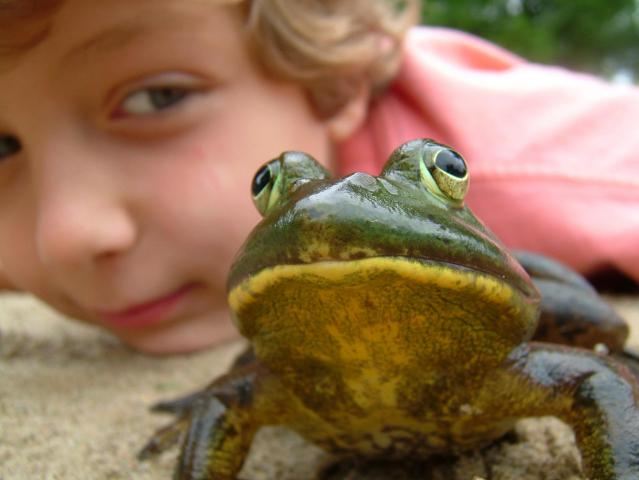
For hymenochiruses, the volume of the aquarium can be even smaller, 1-2 liters of water for such a frog is enough.
A cap is required - hymenochiruses, especially those caught in the wild, often try to escape.
They require a minimum water temperature of 24°C. A filter or compressor is desirable, but it should not be too powerful to leave areas of still, stagnant water in the aquarium.
At the bottom, it is necessary to equip small shelters under which these quivering creatures can hide. Plants are very desirable, it is good if they form dense thickets in places. It is also better to plant them in pots. It is necessary to equip the aquarium with lighting, since hymenochiruses sometimes like to rise among the thickets to the surface and bask under the lamp, sticking their head and upper body out of the water.
Feeding
Decorative aquarium frogs - both xenopuses and hymenochiruses - are preferred.
For claws, these can be mealworms, earthworms, crickets, bloodworms, fry and tadpoles. You can give pieces of liver, meat, fish, shrimp with tweezers.
You can give pieces of liver, meat, fish, shrimp with tweezers.
Clawed frogs should not be fed tubifex, pork, fatty beef.
Hymenochirus are fed small bloodworms, live daphnia or fish. Dry and immobile frog food is usually ignored. Food for adult xenopus and hymenochirus should be given twice a week.
The feeding behavior of these two frog species also differs. Spurs have an excellent sense of smell, in addition, they have a very developed sense of touch (the receptors are pits located on the sides of the frog and resemble the lateral line of fish). Therefore, frogs are good at detecting smells and the slightest movements of water, quickly find food and greedily pounce on it.
Hymenochirus, on the other hand, usually need to bring food directly to the nose. You can teach them to feed in a certain place or according to a certain signal (for example, tapping with tweezers), but they will take a long time to get to the food, as if thinking along the way whether it is worth doing this at all.
Xenopus are extremely voracious and therefore prone to obesity, so the amount of food they eat must be strictly controlled - a healthy frog must remain flat.
As for the clawed frog, knowing the peculiarities of its behavior, one can answer unequivocally - it has nothing to do in an aquarium with fish.
She will swallow everything that fits in her mouth, wipe out most of the plants, dig up the soil, raising the dregs, and move carefully placed scenery.
In addition, she does not like fresh water with a good current, and most fish will not like the swamp she is used to.
The only advantage of cohabitation between fish and clawed frogs is that the frogs' skin mucus contains antimicrobial substances that can have a curative effect on sick fish. But at the current level of development of aquarium pharmacology, this can hardly be considered a serious argument. If you really want to do without chemistry, it is much easier to place a sick fish in a small container, where the frog had been for some time before.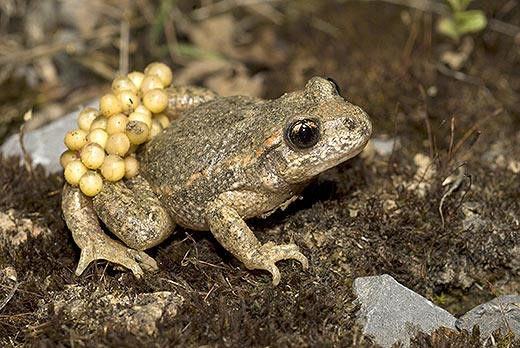
Some aquarists advise keeping xenopus with , as they do well in old water and breathe atmospheric air. But why do it? A separate small aquarium with frogs will take up very little space, and everyone will be fine as a result.
Things are not so scary with hymenochiruses. It is believed that they get along well with calm, not too large, non-predatory fish. They will not violate the beauty of the aquarium either. However, in a large aquarium, hymenochiruses spend a lot of time in shelters, so it is almost impossible to observe them, and it can be quite difficult to control the process of feeding them.
Diseases of frogs
Aquarium frogs may experience the following health problems:
In the treatment of frogs, preparations for tropical aquarium fish are usually used, choosing them according to the causative agent of the disease (anthelmintic, antifungal or antibacterial). Sick frogs are isolated. With dropsy, a puncture of the skin is often effective.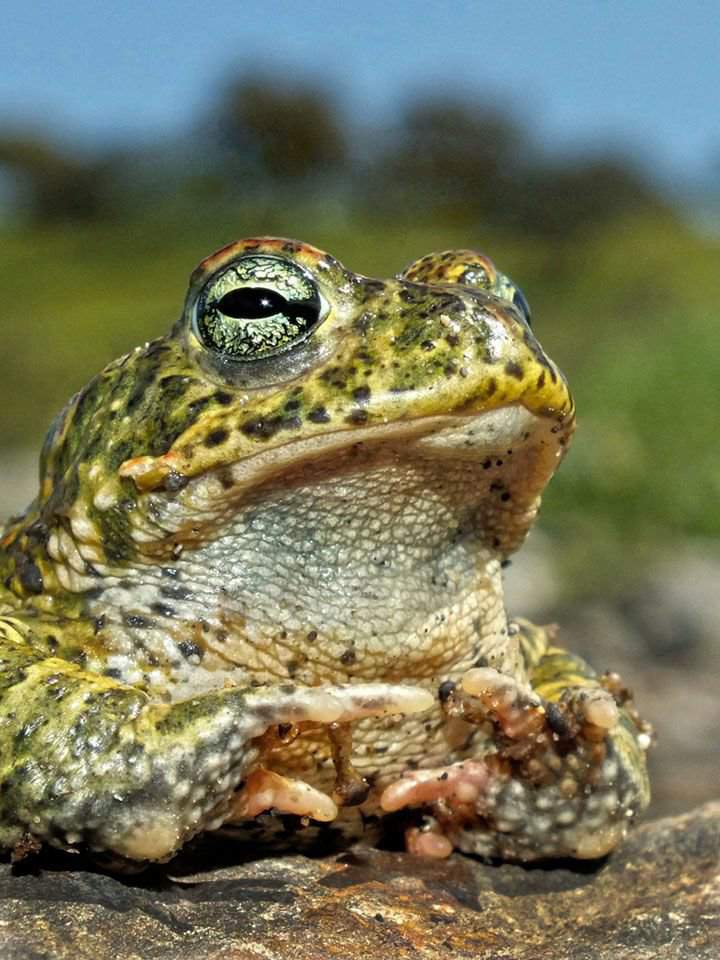
It should be known that individuals usually fall ill if they live in unsuitable conditions for them, are prone to obesity or experience prolonged severe stress.
And finally, some interesting facts about clawed frogs:
- the clawed frog was the first vertebrate to be cloned;
- at the beginning of the 20th century, clawed frogs were used to diagnose short-term pregnancy: if a frog is injected with the urine of a pregnant woman, it starts spawning under the influence of chorionic gonadotropin;
- The clawed frog does not have a tongue, therefore, when eating prey, it helps itself with its front paws, and it cannot bend its fingers, it keeps them outstretched, as if eating with Chinese chopsticks;
- When clawed frogs accidentally entered the waters of the tropical United States, they destroyed native species of frogs there, therefore in some states the keeping of clawed frogs is prohibited, while in others it is limited.
Fortunately, keeping frogs is allowed in our country, so everyone can get these undemanding funny animals at home, watch and care for them, getting a lot of positive emotions and acquiring the skills of keeping an aquarium.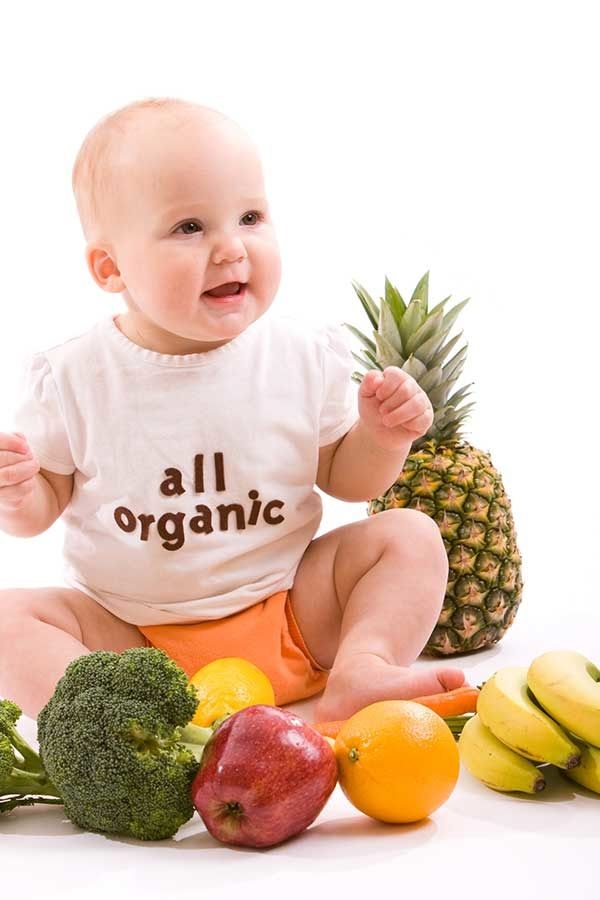 The latter will definitely come in handy in the future, because usually everything is just beginning with frogs.
The latter will definitely come in handy in the future, because usually everything is just beginning with frogs.
Interview with a specialist: how to properly care for and feed freshwater aquarium frogs:
Aquatic frogs have long taken a firm place in amateur aquariums. And the touching little frogs, which are now sold in almost every pet store, cause an irresistible desire among people who are inexperienced in aquaristics to buy, as they say, "there are those two white ones and this gray one." But no matter how cute they are, let's first figure out what kind of frogs they are, what conditions they need and with whom they can live in the same aquarium.
Two types of frogs are currently kept in aquariums: the smooth clawed frog - xenopus (Xenopus laevis), which has been bred in captivity for many years, and the dwarf frog - hymenochirus (Hymenochirus boettgeri), which has become popular not so long ago. Adult frogs of these species vary greatly in size, appearance, behavior, and content. Frogs in pet stores are often kept in the same aquarium and when selling, they do not always focus on their species.
Frogs in pet stores are often kept in the same aquarium and when selling, they do not always focus on their species.
Clawed frog.
So, if aquarium frogs are white or pinkish, with red eyes, then regardless of size they are clawed. The albino clawed frog was artificially bred at the Moscow Institute of Developmental Biology for laboratory experiments.
If a small frog is grayish, brownish or olive in color with dark spots, then to determine the species, you should pay attention to the length and thickness of its limbs, the presence of webbing between the fingers of the front paws and the pointedness of the muzzle. Wild-colored clawed frogs are more dense, they have thicker legs with bandages, like babies, a rounded muzzle, and there are no webbing on the fingers.
Hymenochirus, on the other hand, has membranes, long and slender legs, and a pointed muzzle. The size of an adult hymenochirus, as a rule, does not exceed 4 cm, while the clawed frog grows up to 10–12 cm.
These frogs also behave in different ways. They are active, strong and completely shameless. But they are clearly visible, they have large expressive faces and they have a habit of stretching out beautifully to hang in the thickness of the aquarium water.
Hymenochirus are calmer, quieter, slower and more delicate. They slowly crawl along the bottom, climbing on underwater objects and periodically freezing for a long time. As one amateur aptly put it, pygmy frogs resemble "meditating scuba divers." They almost do not damage plants, do not disturb fish (they simply do not have such an opportunity due to the size of their body and mouth), pollute the aquarium a little.
In a large aquarium, they are almost invisible, because they constantly hide on the bottom or in thickets of plants, and if active fish live nearby, then hymenochiruses may not keep up with food.
Aquarium frogs: maintenance and care
Both species are not too demanding in terms of keeping conditions. For clawed frogs, an aquarium of 20-30 liters per couple is enough, while it needs to be filled with water by half or a third. The aquarium should be closed with a lid or net. The soil is a large pebble. The aquarium is equipped with a compressor or a small internal filter, you can use a waterfall filter, but there should not be a strong current. There is no need for bright lighting.
For clawed frogs, an aquarium of 20-30 liters per couple is enough, while it needs to be filled with water by half or a third. The aquarium should be closed with a lid or net. The soil is a large pebble. The aquarium is equipped with a compressor or a small internal filter, you can use a waterfall filter, but there should not be a strong current. There is no need for bright lighting.
The water temperature is about 22-25°C, xenopuses are practically indifferent to the chemical indicators of water. The exception is the content of chlorine and fluorine in the water, so it is recommended to defend it before adding it to the aquarium for at least 2-3 days. They change the water once or twice a week for 20-25%, a number of authors recommend changing less often, as it becomes cloudy.
Only hard-leaved plants may be planted, always in pots, otherwise they will be dug up immediately. Some lovers of these animals act as follows: they put a pot with a houseplant with hanging shoots next to the aquarium, and place these shoots in the aquarium. In this case, the aquarium becomes green, and the roots of the plant remain intact.
In this case, the aquarium becomes green, and the roots of the plant remain intact.
For hymenochiruses, the volume of the aquarium can be even smaller, 1-2 liters of water for such a frog is enough.
A cap is required - hymenochiruses, especially those caught in the wild, often try to escape.
They require a minimum water temperature of 24°C. A filter or compressor is desirable, but it should not be too powerful to leave areas of still, stagnant water in the aquarium.
At the bottom, it is necessary to equip small shelters under which these quivering creatures can hide. Plants are very desirable, it is good if they form dense thickets in places. It is also better to plant them in pots. It is necessary to equip the aquarium with lighting, since hymenochiruses sometimes like to rise among the thickets to the surface and bask under the lamp, sticking their head and upper body out of the water.
Feeding
Decorative aquarium frogs - both xenopuses and hymenochiruses - are preferred.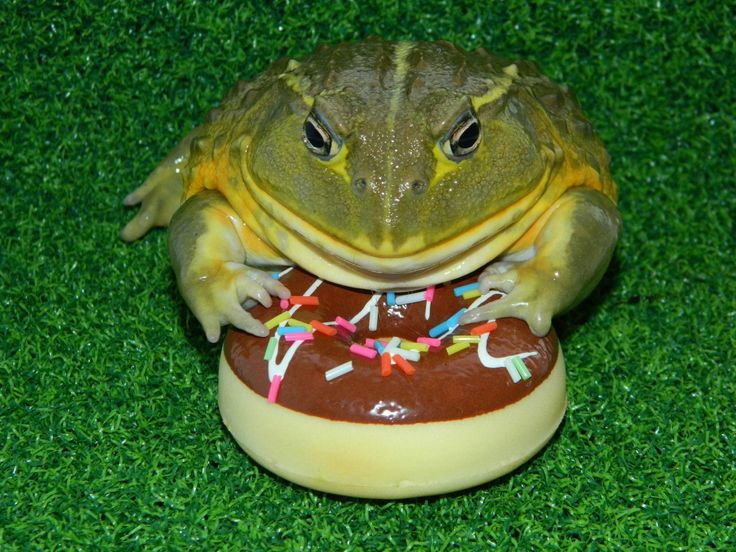
For claws, these can be mealworms, earthworms, crickets, bloodworms, fry and tadpoles. You can give pieces of liver, meat, fish, shrimp with tweezers.
Clawed frogs should not be fed tubifex, pork, fatty beef.
Hymenochirus are fed small bloodworms, live daphnia or fish. Dry and immobile frog food is usually ignored. Food for adult xenopus and hymenochirus should be given twice a week.
The feeding behavior of these two frog species also differs. Spurs have an excellent sense of smell, in addition, they have a very developed sense of touch (the receptors are pits located on the sides of the frog and resemble the lateral line of fish). Therefore, frogs are good at detecting smells and the slightest movements of water, quickly find food and greedily pounce on it.
Hymenochirus, on the other hand, usually need to bring food directly to the nose. You can teach them to feed in a certain place or according to a certain signal (for example, tapping with tweezers), but they will take a long time to get to the food, as if thinking along the way whether it is worth doing this at all.
Xenopus are extremely voracious and therefore prone to obesity, so the amount of food they eat must be strictly controlled - a healthy frog must remain flat.
As for the clawed frog, knowing the peculiarities of its behavior, one can answer unequivocally - it has nothing to do in an aquarium with fish.
She will swallow everything that fits in her mouth, wipe out most of the plants, dig up the soil, raising the dregs, and move carefully placed scenery.
In addition, she does not like fresh water with a good current, and most fish will not like the swamp she is used to.
The only advantage of cohabitation between fish and clawed frogs is that the frogs' skin mucus contains antimicrobial substances that can have a curative effect on sick fish. But at the current level of development of aquarium pharmacology, this can hardly be considered a serious argument. If you really want to do without chemistry, it is much easier to place a sick fish in a small container, where the frog had been for some time before.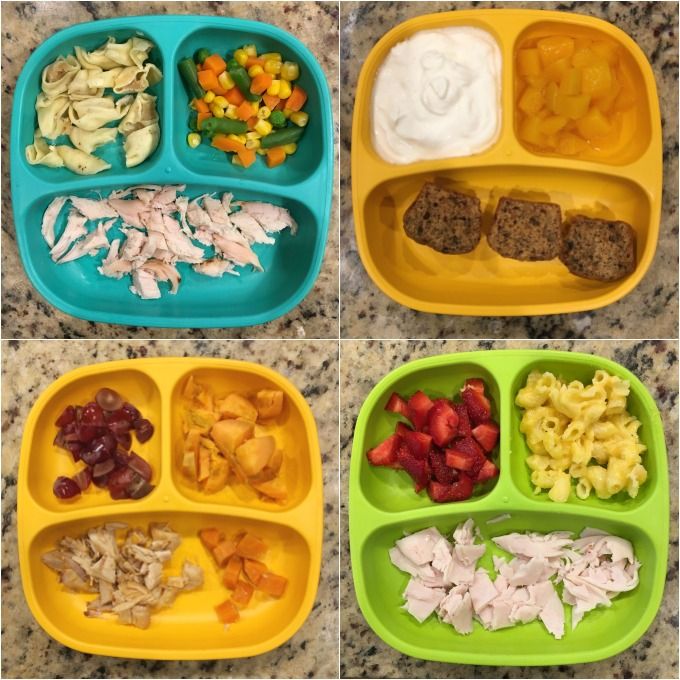
Some aquarists advise keeping xenopus with , as they do well in old water and breathe atmospheric air. But why do it? A separate small aquarium with frogs will take up very little space, and everyone will be fine as a result.
Things are not so scary with hymenochiruses. It is believed that they get along well with calm, not too large, non-predatory fish. They will not violate the beauty of the aquarium either. However, in a large aquarium, hymenochiruses spend a lot of time in shelters, so it is almost impossible to observe them, and it can be quite difficult to control the process of feeding them.
Diseases of frogs
Aquarium frogs may experience the following health problems:
In the treatment of frogs, preparations for tropical aquarium fish are usually used, choosing them according to the causative agent of the disease (anthelmintic, antifungal or antibacterial). Sick frogs are isolated. With dropsy, a puncture of the skin is often effective.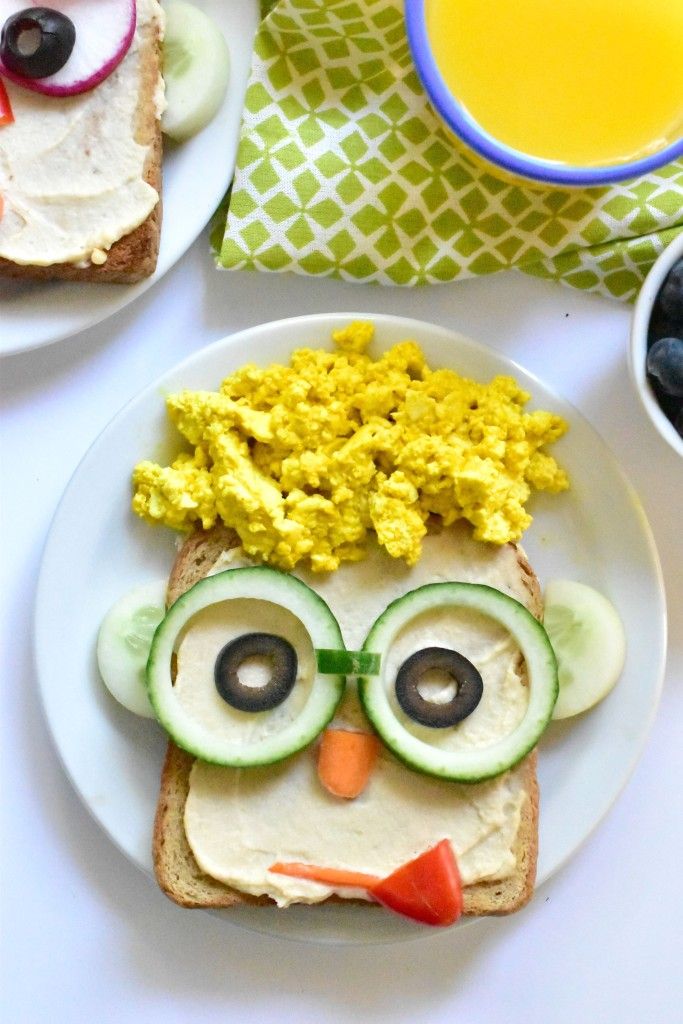
It should be known that individuals usually fall ill if they live in unsuitable conditions for them, are prone to obesity or experience prolonged severe stress.
And finally, some interesting facts about clawed frogs:
- the clawed frog was the first vertebrate to be cloned;
- at the beginning of the 20th century, clawed frogs were used to diagnose short-term pregnancy: if a frog is injected with the urine of a pregnant woman, it starts spawning under the influence of chorionic gonadotropin;
- The clawed frog does not have a tongue, therefore, when eating prey, it helps itself with its front paws, and it cannot bend its fingers, it keeps them outstretched, as if eating with Chinese chopsticks;
- When clawed frogs accidentally entered the waters of the tropical United States, they destroyed native species of frogs there, therefore in some states the keeping of clawed frogs is prohibited, while in others it is limited.
Fortunately, keeping frogs is allowed in our country, so everyone can get these undemanding funny animals at home, watch and care for them, getting a lot of positive emotions and acquiring the skills of keeping an aquarium.